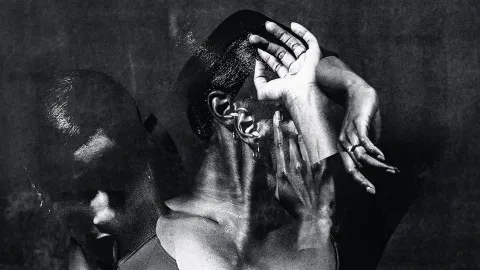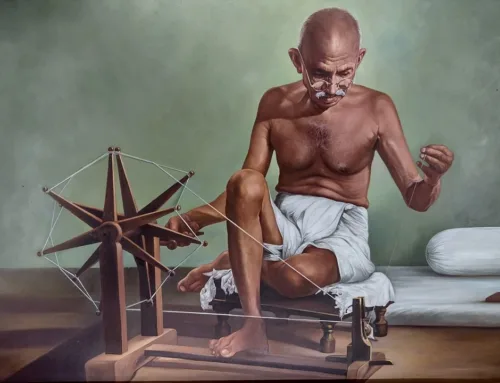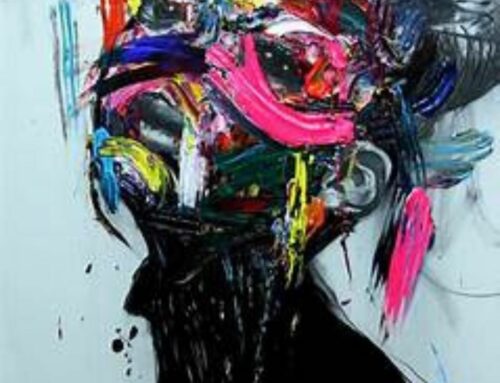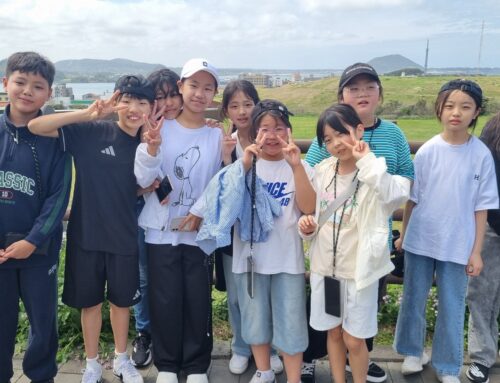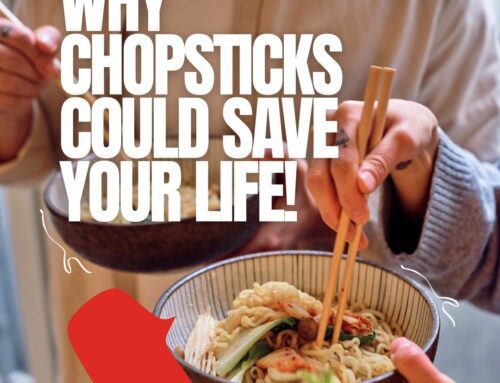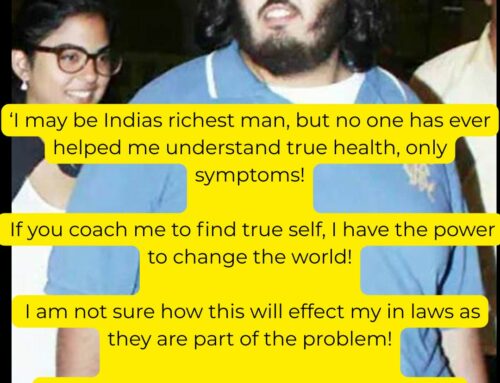Gabor Maté says: “trauma, from the Greek for “wound,” is not what happens to you; it is what happens inside you as a result of what happens to you … It is not the blow on the head, but the concussion I get.” That, he says, is the good news.
On Thursday 18th April 2024 my mother had a brain bleed on the pons area of the brain. She was in end-of-life care, and was given a few hours or days at the most. She had lost the use of the right side of the body, her speech had gone, she appeared blinded and was literally stuck in a supine lying pose. The saline drip did not work as her organs were not working optimally to pump everything around.
She was surviving on a lollipop in the mouth with water, yoghurt and orange. My body just closed on the Thursday, the distress of seeing my mother gasping for water and breath. The smell and aura of death took me to my lowest level vibration which is ‘FEAR’. I did not exercise; I ate clean but felt my body curled into the foetal position. My central nervous system went into fight or flight, everything hurt, and I felt my whole muscular and fascial system go tight, compressed and restricted. I started mouth breathing and my movement patterns regressed. This all happened in a period of just a few days.
My stress load was through the roof, there was no way I could do my dead lifts or any working out at the gym. Instead, I did what’s called ‘working in’ (Paul Chek), slow moves with no start or finish which will gently energise and regulate my central nervous system. Gentle swimming and walking in the swimming pool. This, with a strict nutrient dense diet and some yoga, helped me feel back to my normal self six days on, even with the thoughts of what and when the inevitable occurs. You see we need to love and care for ourselves before we care for others.
We will all experience tragedy and trauma in our life, but having purpose and legacy and prioritising our own health will always give us a better way of dealing with tragedy and problems.
“When you have a big enough dream, you wont have a crisis” – Gerry Welsh Psychiatrist
Death is part of life, but few are wanting to accept it. From a survival point of view the way we react and behave comes from a deep-rooted fear of dying. I have listened to many podcasts recently of rich west coast Americans getting their body frozen in cryotherapy in the hope that a cure for death will be found in 100 years and they will be brought back. How about living a full life while we are here in the physical body and leaving the planet a better place from when we found it?
We have many beliefs about what happens after death, usually brought on by deep rooted religious beliefs or superstition. Motility must be understood from the inside, it is the vitality of the pulsatory pattern, the power and intensity of organ pulsations that give energy and personal identity.

True personal identity does not arise sensorily from muscle movement patterns or the approval of others, but rather it arises from the quality of sensation and internal pulsation waves of the smooth muscles of organs. Our self-image and self-worth is based upon patterns of sensation from the interior, it is the geometry and dynamics of these sensations that arise from our process. Hungers that are acted on by our internal systems, mainly our central nervous system, that bring us from the inside out. The most profound functions of life are found in our cranium, chest, abdomen, pelvis and where liquids accumulate and move including the uterus, bladder, kidneys, and brain. When our bodily spaces lose their integrity, then the qualities of digestion, sensation, and thought change. When our internal spaces become dense, collapse and endure any sort of pressure similar to when a tumour compresses and displaces its surrounding tissue, then there is a change in our identity and quality of sensation. The result is fatigue and inability to maintain a human shape that is in connection with nature.
“TRAUMA IS AN INVISIBLE FORCE THAT SHAPES OUR LIVES. IT SHAPES THE WAY WE LIVE, THE WAY WE LOVE AND THE WAY WE MAKE SENSE OF THE WORLD. IT IS THE ROOT OF OUR DEEPEST WOUNDS.” Gabor Mate
Our posture, uprightness and stance is an organization of human experience growing out from genetic organization of pulsation and vitality. Uprightness is a family vehicle for the development of the human child by providing the care, support and communication of experience that mitigates thee pains and crisis of growing to maturity. To combat danger or threat, we have the startle reflex. We stop, pause, brace, tighten our muscles, hold our breath, investigate, and respond by waiting out the danger or by taking action.

Our development from child to adult involves possible insults from external sources including parents, siblings, education, schooling, and religion. Insults also show up internally when emotional reactions overwhelm the organism or excitation is greater than we can handle. Insults include all events that invoke the startle reflex. A baby insult may be bright lights, loud sounds, or unfamiliar noises. An infant may find darkness, strange animals, and absence of a parent an insult. Fights and disagreements with loved ones around us plus internal states such as anger, dependency, sexuality, hunger for contact, family life and how we are treated in care, the quality of affection and love we receive will affect our whole psyche. Insults can also be prolonged economic hardship, the effects of bereavement, divorces, death or verbal and physical abuse can intertwine into our future health and perspective.
The age and timing that these events occur influence our development and perspective. A caregiver archetype is always giving in life and not equally receiving. When we are always giving, we are not working in the polarity. Any relationship should always be a 50/50 exchange of energy, having intention and purpose means we are creating. To have energy we need to create it.
Research from Dr. Bruce Lipton tells us we have the ability to change our reaction. Bruce Lipton is a world-renowned stem cell biologist best known for his research into how environmental factors influence gene expression. He discovered that by having different thoughts and experiencing different emotions, you can change your genetic behaviour. Lipton observed that the cell’s membrane interprets and responds to signals from its environment, in much the same way our brains interpret what’s going on around us and decide how to respond. Lipton concluded that the membrane of the cell is directing its behaviour, based on environmental information. The environment of your cells is your body chemistry. Your cells react to the chemical and energetic signals in your body, many of which are created by your thoughts, beliefs, and emotions. And this can actually affect the expression of the genetic material inside the cell’s nucleus.
We control our genes; they don’t control us. Yes, our genes load the gun and the environment pulls the trigger and we are all born with a certain number of genes, but this does not mean we are stuck with their pattern.
An article from the Irish independent: “So, for instance, on medicine’s famous placebo effect – and its lesser-known antithesis, nocebo – Bruce says: “Between one-third and two-thirds of all healing is down to the placebo effect, not therapies, drugs or surgery. The placebo is just a sugar-pill – the patient is healed by the belief they’ll get better: positive thinking.
The nocebo effect is equally powerful, caused by negative thoughts. The belief you have a terminal illness can actually cause you to die, and negative thinking is much more common.”
Bibliography
Gabor Mate – Media
“Emotional anatomy” – Stanley Keleman
Warren Williams – Chek Media
Bruce Lipton articles and media

